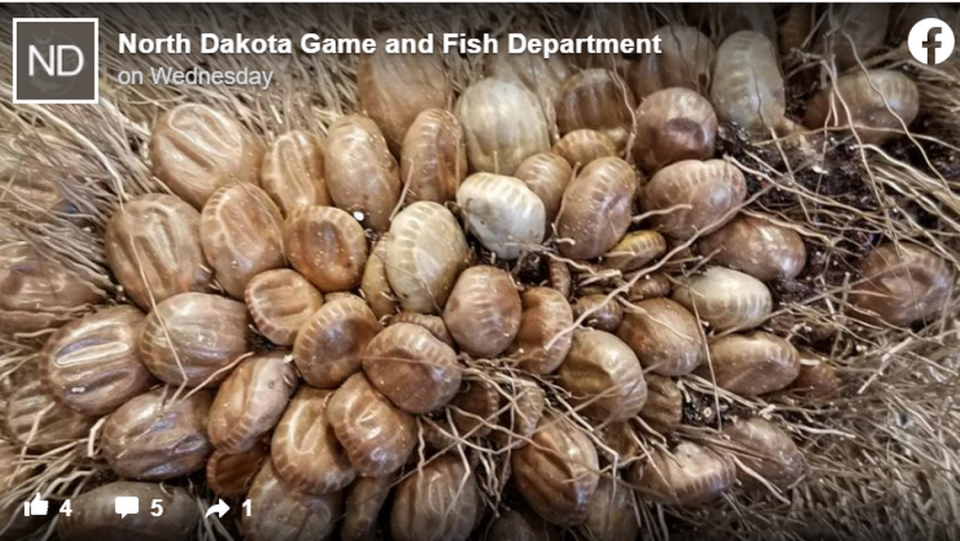A ‘ghost moose’ is wandering the Midwest. Wildlife officials have an explanation
A haggard-looking beast known as a “ghost moose” was recently spotted in North Dakota, photos show, and there’s an unfortunate reason for its eerie appearance.
The nearly all-bald moose was photographed near a wildlife management area earlier in May, according to the state game and fish department.
Ghost moose are rare, the victims of an extraordinarily bad infestation of winter ticks, the department said in a Facebook post.
While it’s not unusual for parasites like ticks to latch onto animals in the wild, winter ticks can propagate out of control under the right circumstances and cause excruciating irritation and discomfort.

In the worst cases, as many as 75,000 to 150,000 bloodsucking winter ticks can be found on a moose, according to the department. Moose are the only host of winter ticks.
For moose calves, such infestations can result in death. But adult moose are typically sturdy enough to live on and suffer, unable to rid themselves of the pests.
Often, all they can do is rub themselves against trees and other objects for some fleeting relief, the department said. A severely infested moose may rub itself bald over weeks and months, becoming a “ghost moose,” like the one pictured.
“Poor moose, I couldn’t imagine!” a commenter wrote on the department’s post, one of many feeling sympathy for the animal.
“It’s horribly sad to watch,” a comment read.
“Makes my skin crawl,” said another.
Many asked wildlife officials to do something for the moose, to tranquilize it and treat it.
But “treating individual wildlife for issues like winter ticks generally isn’t practical,” according to the department.
In parts of the U.S., winter ticks have been seriously harming moose populations in recent years, by killing off calves and hindering reproduction among adults, outlets report. Experts are searching for solutions.
It’s not clear what became of the moose spotted in North Dakota, but with temperatures rising, its suffering could soon end, according to officials.
“Winter ticks latch on to moose in the fall, spend the winter feeding on the moose, and fall off in early spring; usually April,” the department said.
Ideally, there would still be some snow on the ground, which would kill many of the recently detached ticks and keep their numbers in check. But if a female tick falls and there’s no snow, odds are good she will lay eggs — up to 3,000 of them — and the offspring will wait until the start of next winter to hitch a ride on an unlucky moose meandering by, repeating the process.
“Evolutionarily speaking it is not ‘wise’ for a parasite to kill its host, and a moose can easily handle a small number of ticks,” the department said. “But when there are a series of mild winters and the ground is not covered by snow in the spring winter tick numbers can boom, and the resulting infestation rates on moose can be astronomical.”
Moose sneaks up on hiker before charging at him and his dog, Idaho officials say
Missouri hunter shoots 16-point ‘buck’ — then discovers it’s something much more rare
‘Amazing shot!’ Deer stuck in net rescued by well-placed shotgun blast, PA photos show
‘I ran for my life.’ Moose tramples sled dogs on Alaska training run, woman says
